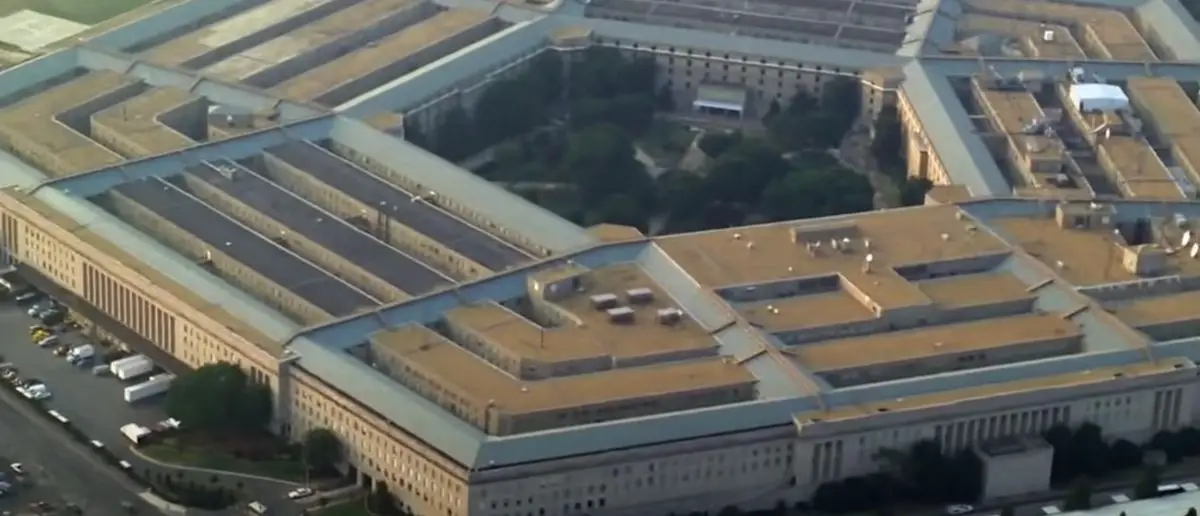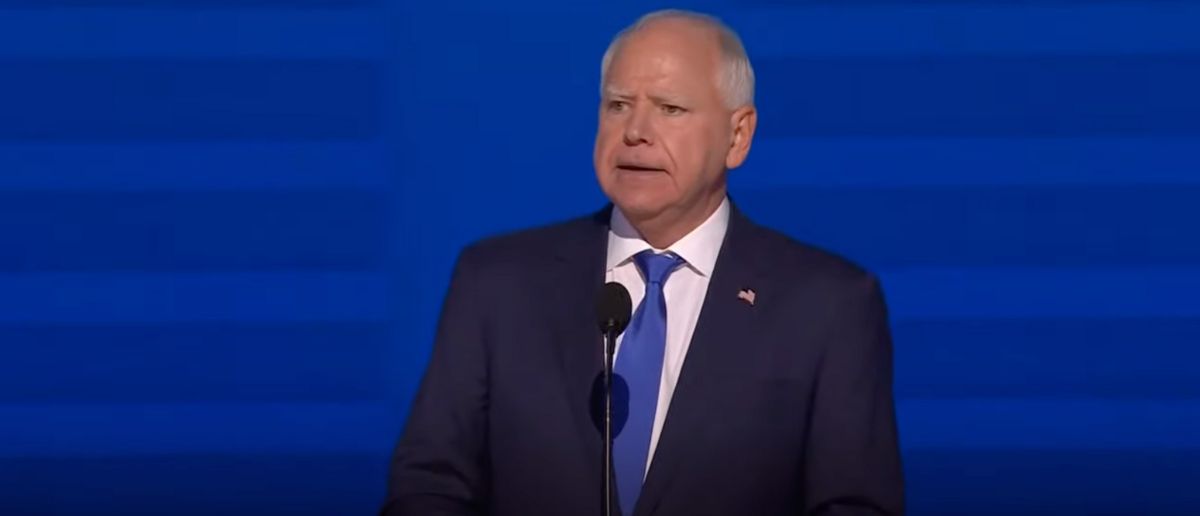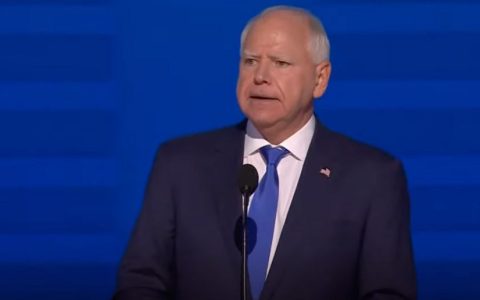
The Pentagon has received a ton of negative backlash for a while now. That may all change.
Because President Trump is planning to get rid of the Pentagon according to a hot new report.
Trump’s Plan to Overhaul Pentagon Spending and Restore Military Focus
President Donald J. Trump is taking decisive action to address the Pentagon’s long-standing issues of wasteful spending and bureaucratic inefficiencies, aiming to strengthen the Department of Defense (DoD) and realign it with its primary mission of ensuring national security. Alongside Defense Secretary Pete Hegseth, Trump is pushing to eliminate unnecessary programs, streamline operations, and refocus the military on its war-fighting capabilities.
Trump has proposed renaming the DoD to the Department of War, emphasizing a return to the decisive military mindset of the past. “When we won World War I, World War II, it was called the Department of War. And to me, that’s really what it is,” Trump said during a press event with South Korean President Lee Jae Myung.
The Department of Government Efficiency (DOGE), led by Elon Musk, is central to Trump’s strategy for tackling Pentagon waste. With the DoD’s annual budget approaching $1 trillion, inefficiencies have long plagued the department. A 2015 Defense Business Board study identified $125 billion in administrative waste, which Pentagon officials downplayed to avoid budget cuts.
Trump’s administration is confronting this head-on, with DOGE uncovering $80 million in wasteful spending, including $1.9 million on DEI training and $3.5 million for related HR support. These funds are now being redirected to critical priorities like missile defense and advanced technology.
Hegseth is driving efforts to restore the DoD’s focus on military readiness. The Pentagon has failed its last seven audits, unable to account for over 63% of its $4 trillion in assets in 2023. Trump and Hegseth are demanding accountability, with a goal of achieving a clean audit by the end of Trump’s term. “We are accountable for every dollar we spend,” Hegseth stated, emphasizing that savings will be reinvested to bolster America’s military capabilities.
The proposed name change to the Department of War signals a shift away from what Trump sees as a softened, politically correct military culture. Established in 1947 under President Harry Truman, the DoD’s name was intended to unify the Army, Navy, and Air Force under centralized leadership. Trump argues it has diluted the military’s purpose. “I don’t want to be defense only,” he said in the Oval Office. “We want offense too.” While the name change requires congressional approval, it has sparked discussion about the military’s core mission.
💥BOOM! Trump says that the Pentagon is READY to deploy federal authorities to ANYWHERE in the United States!
This is going to cause heads to EXPLODE! pic.twitter.com/8fUbPH538u
— Gunther Eagleman™ (@GuntherEagleman) August 25, 2025
Trump’s reforms target high-cost, underperforming programs like the F-35 Joint Strike Fighter, which has cost over $2 trillion and still faces over 1,000 defects. The administration is redirecting funds to priorities such as border security, missile defense, and drone technology, aligning with a focus on national interests. This approach challenges defense contractors who have long benefited from unchecked spending, such as overcharges for basic items like soap dispensers.
Musk’s DOGE initiative is scrutinizing the Pentagon’s budget with unprecedented rigor. National Security Adviser Mike Waltz has highlighted inefficiencies in shipbuilding processes, calling for streamlined operations to counter global threats from nations like China and Russia. The administration’s willingness to confront the defense establishment is a key part of its strategy to ensure taxpayer dollars are used effectively.
One notable decision is the cancellation of two nearly complete software projects for the Navy and Air Force, valued at over $800 million. These projects, focused on HR modernization, were halted to allow new bidders like Salesforce and Palantir to compete. Critics argue this risks wasting funds, but Trump officials counter that it fosters competition and breaks the grip of entrenched contractors.
“Defense Secretary Hegseth is doing a great job restoring a focus on warfighters at the DOD while carrying out the American people’s agenda to more effectively steward taxpayer dollars,” said White House Deputy Press Secretary Anna Kelly.
Personnel changes are also part of the overhaul. The Pentagon plans to eliminate 5,400 civilian positions, with potential cuts reaching 56,000, targeting underperforming staff and enforcing a hiring freeze. Hegseth has called this a “common-sense” move to prioritize military readiness over administrative bloat. “That is why he has prioritized war fighters at the Pentagon instead of DEI and woke ideology,” Kelly noted, highlighting the administration’s focus on core military objectives.
Critics, including some Democrats, argue that reducing Pentagon spending requires scaling back America’s global military presence. They advocate for addressing non-military issues like climate change, but Trump’s administration prioritizes strengthening national defense and border security.
The administration’s decision to remove thousands of web pages honoring women and minority veterans, including the Tuskegee Airmen, caused controversy, though some content was later restored as a “mistake.” Hegseth has prioritized eliminating DEI programs, arguing they distract from military readiness. The move has sparked debate but aligns with efforts to refocus the Pentagon on its primary mission.
Contracting reforms are another key focus. Past overcharges, like the Army’s $178 million overpayment for spare parts in 2021, highlight systemic issues. Trump’s executive order on defense acquisitions seeks to increase transparency and require certified cost data before contracts are awarded. Legislation like the “Best Price for Our Military Act” could further curb contractor excesses, saving billions.
The administration is also addressing supply chain vulnerabilities by planning to build critical mineral refining facilities on Pentagon bases. With the DoD controlling 30 million acres, this move reduces reliance on foreign suppliers like China while bypassing regulatory hurdles. It’s a strategic step to bolster America’s industrial base and national security.
Challenges remain, particularly with programs like the F-35, which supports jobs across all 50 states. Cutting such initiatives risks political backlash from lawmakers protecting local economies. Trump’s team must balance efficiency with economic impacts, a delicate task in a polarized Congress.
The administration is also reassessing America’s global military posture. While some experts advocate focusing on the Indo-Pacific to counter China, Trump’s team emphasizes border security and support for key allies like Israel. This approach aims to maintain a strong, focused military without overextending resources.





